“The voice of the sea is seductive; never ceasing, whispering, clamoring, murmuring, inviting the soul to wander for a spell in abysses of solitude; to lose itself in mazes of inward contemplation.”
On the very first page of Kate Chopin’s ‘The Awakening’, Edna Pontellier’s husband Léonce sits on a rocker outside their holiday cottage on Grand Isle, Louisiana, reading a day-old newspaper. The ‘day-old’ is significant, because here, time doesn’t matter.
I’m tapping this out likewise, sitting on a rocker - and in front of me is the same view Léonce enjoyed: the Gulf shoreline, shrimpers casting nets, lines of pelicans lacing the sky.
I’m here leading a group of students from the University of Southern California. We have a 28-day trip ahead of us, ‘bookpacking’ New Orleans and Southern Louisiana.

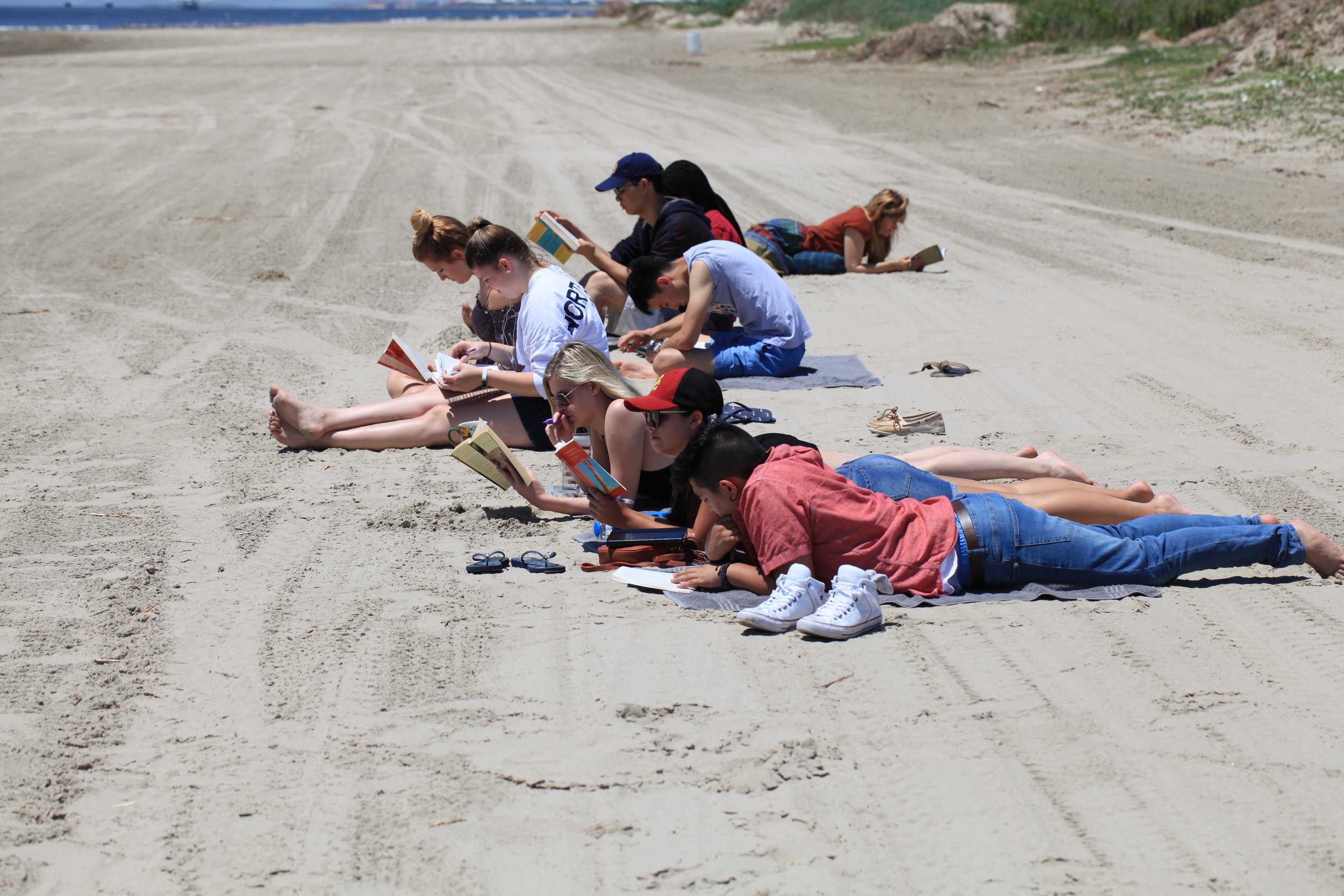
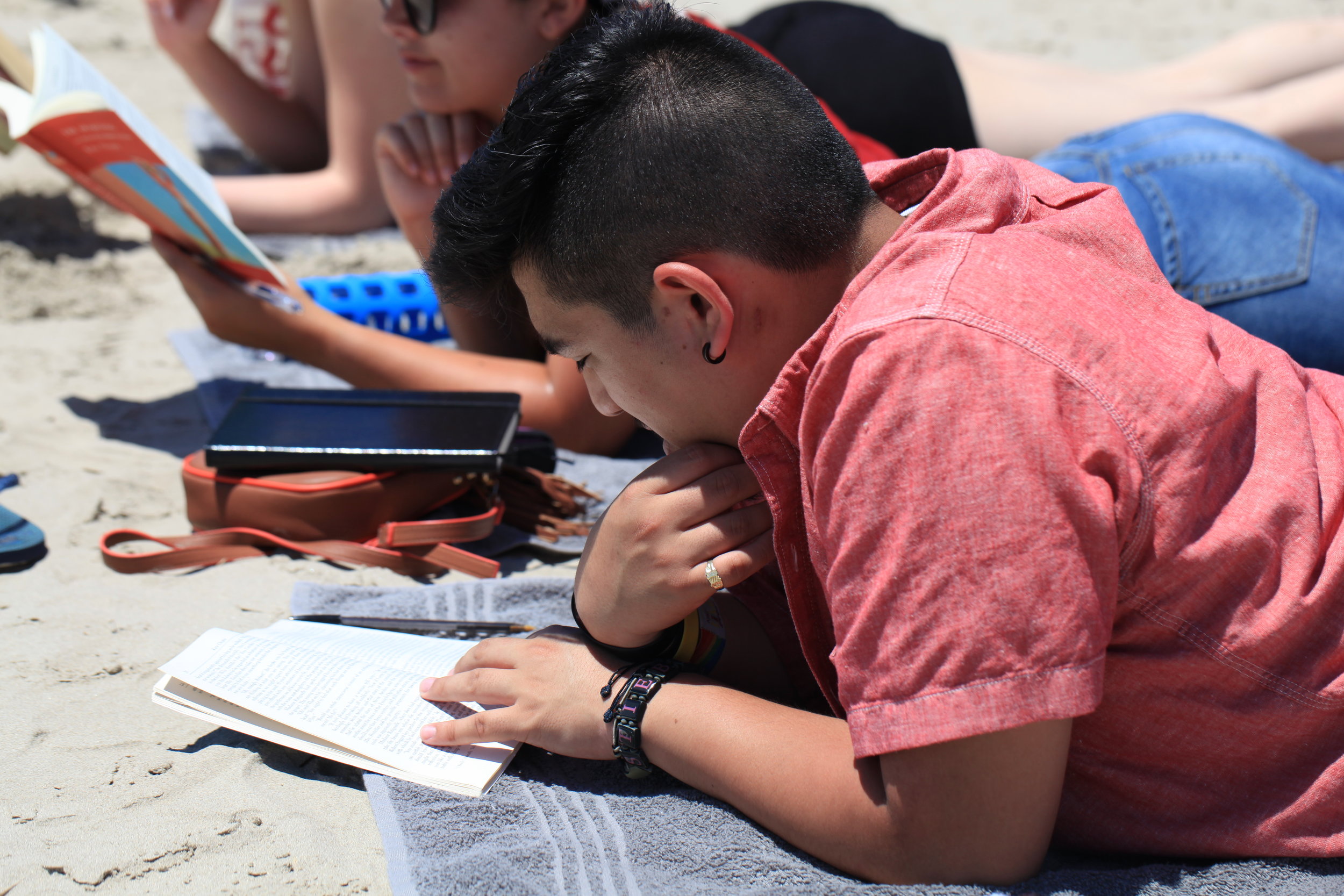
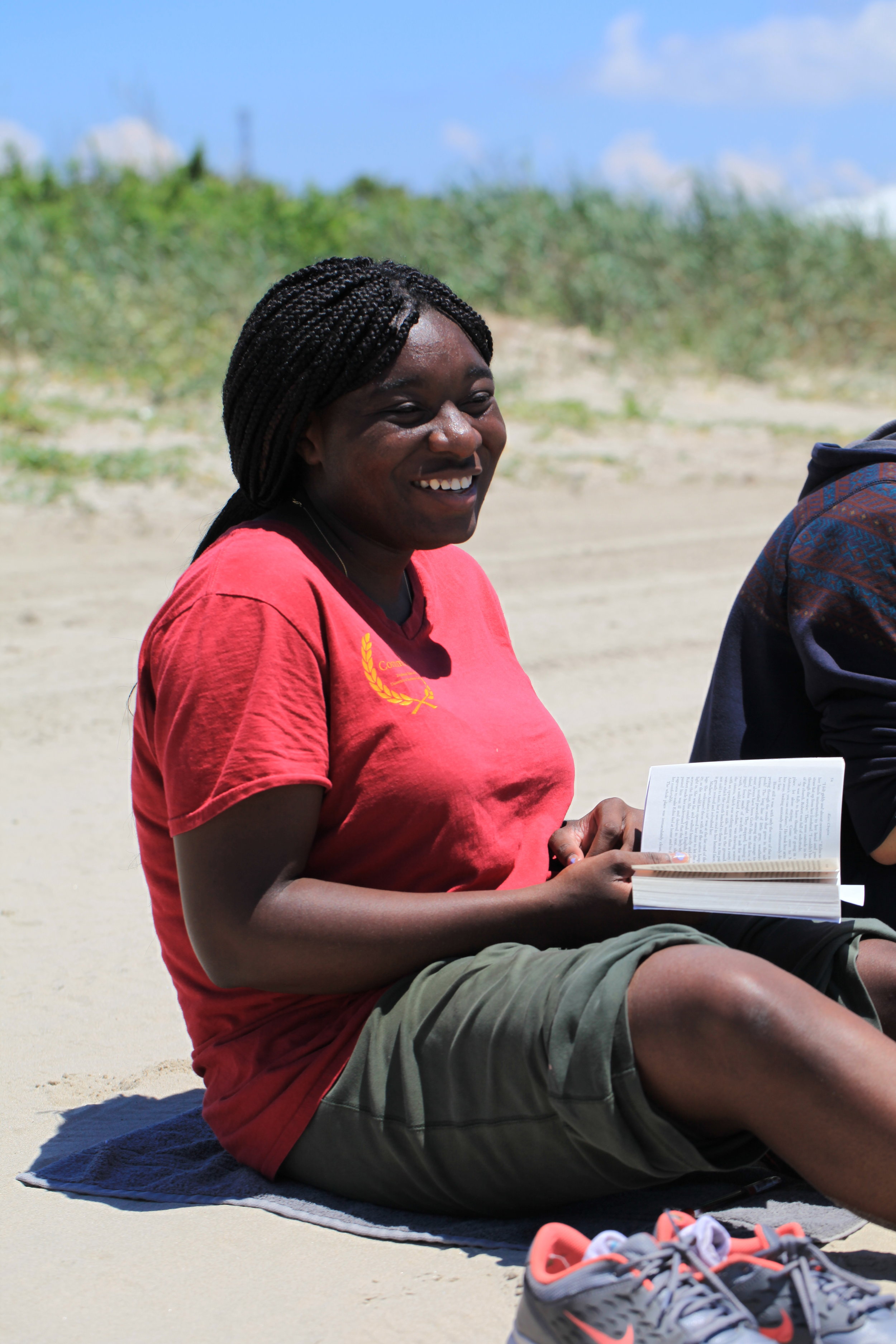
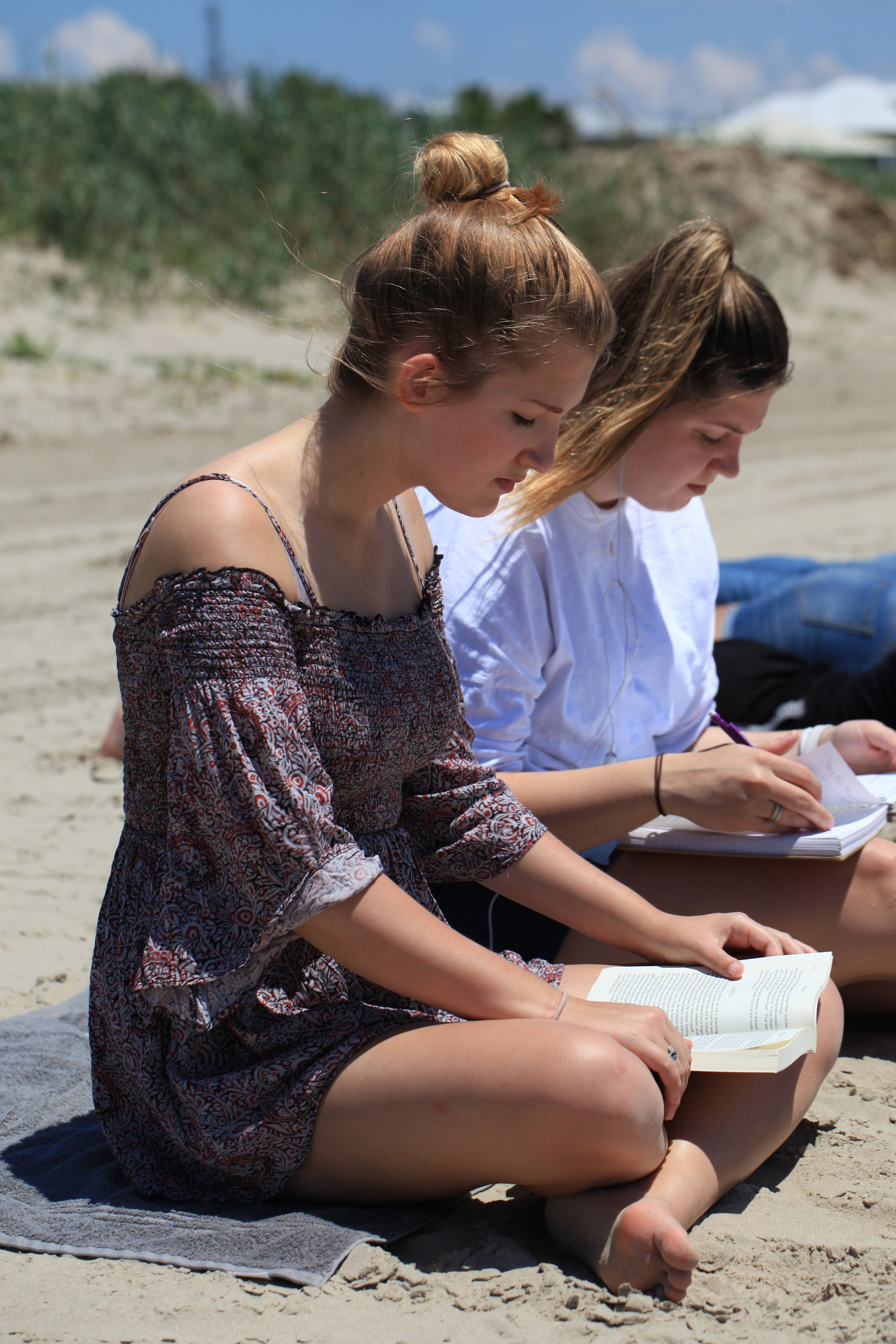
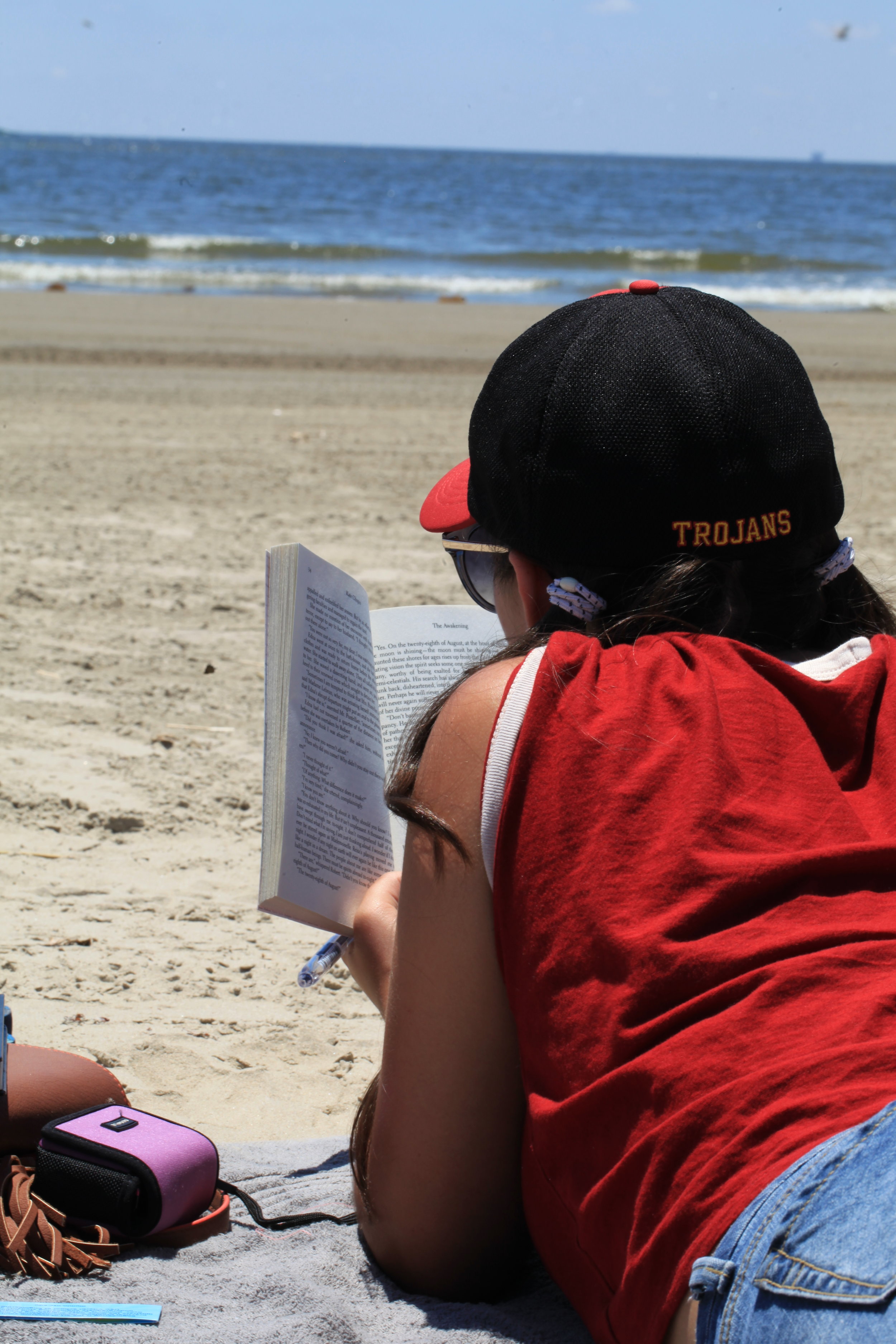
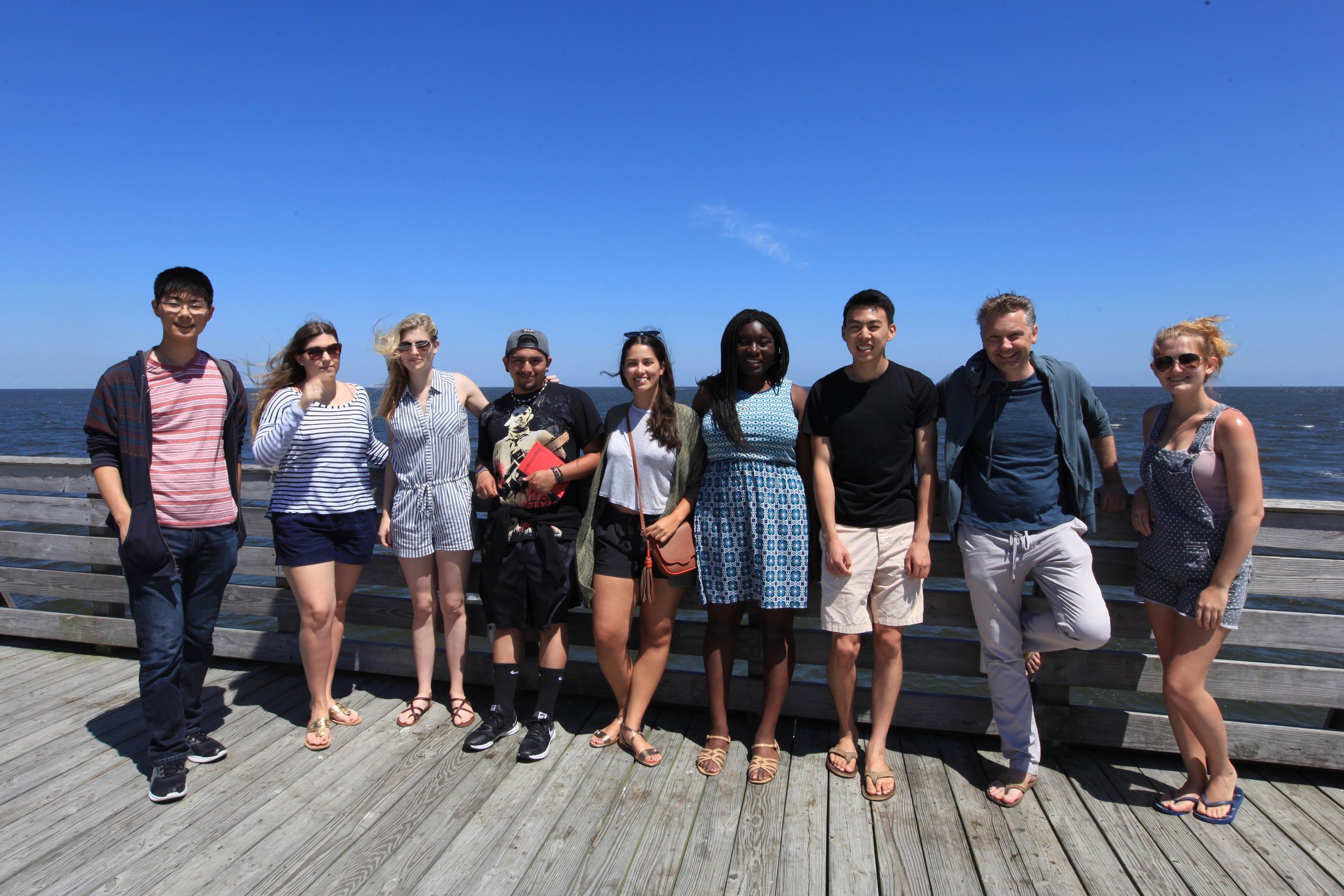
The idea, simply put, is to read our way across this fascinating region - seven novels and a collection of short stories over the course of a month. I’ve chosen the books to help us explore the varied cultures of the region - Creole, Cajun, Catholic, rural Protestant, African American. They range from Anne Rice’s gothic ‘Interview With a Vampire’ to John Kennedy Toole’s outrageous New Orleans romp ‘A Confederacy of Dunces’.
My hope is that, together, we’ll read, mull, talk, explore, share, eat, observe, slow down. We’ll detach ourselves from our busy lives, and immerse ourselves in unfamiliar worlds, real and imaginary, and emerge enriched and, perhaps, a little transformed.
Transformation is the theme of ‘The Awakening’. Written in 1899, the novella describes the emotional journey of an American woman, Edna Pointellier, seeking self-identity within the strictures and ‘otherness’ of the late 19th century Creole society into which she has married. The story is set half in New Orleans and half in Grand Isle, once a fashionable Creole holiday resort on the Gulf coast, and it’s in Grand Isle her process of transformation begins, as her senses are opened to the smells of the island and the seductive calling of the sea.
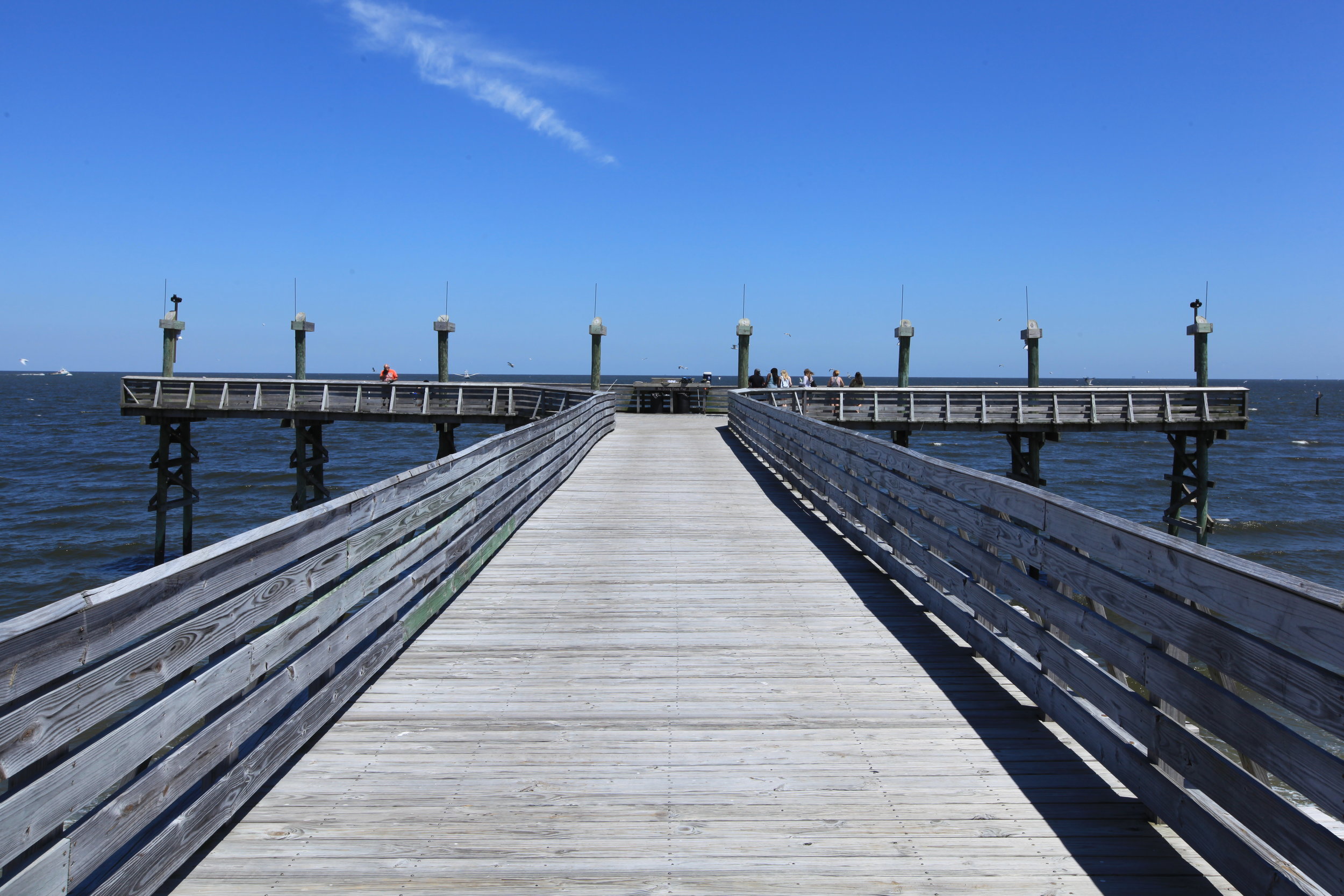
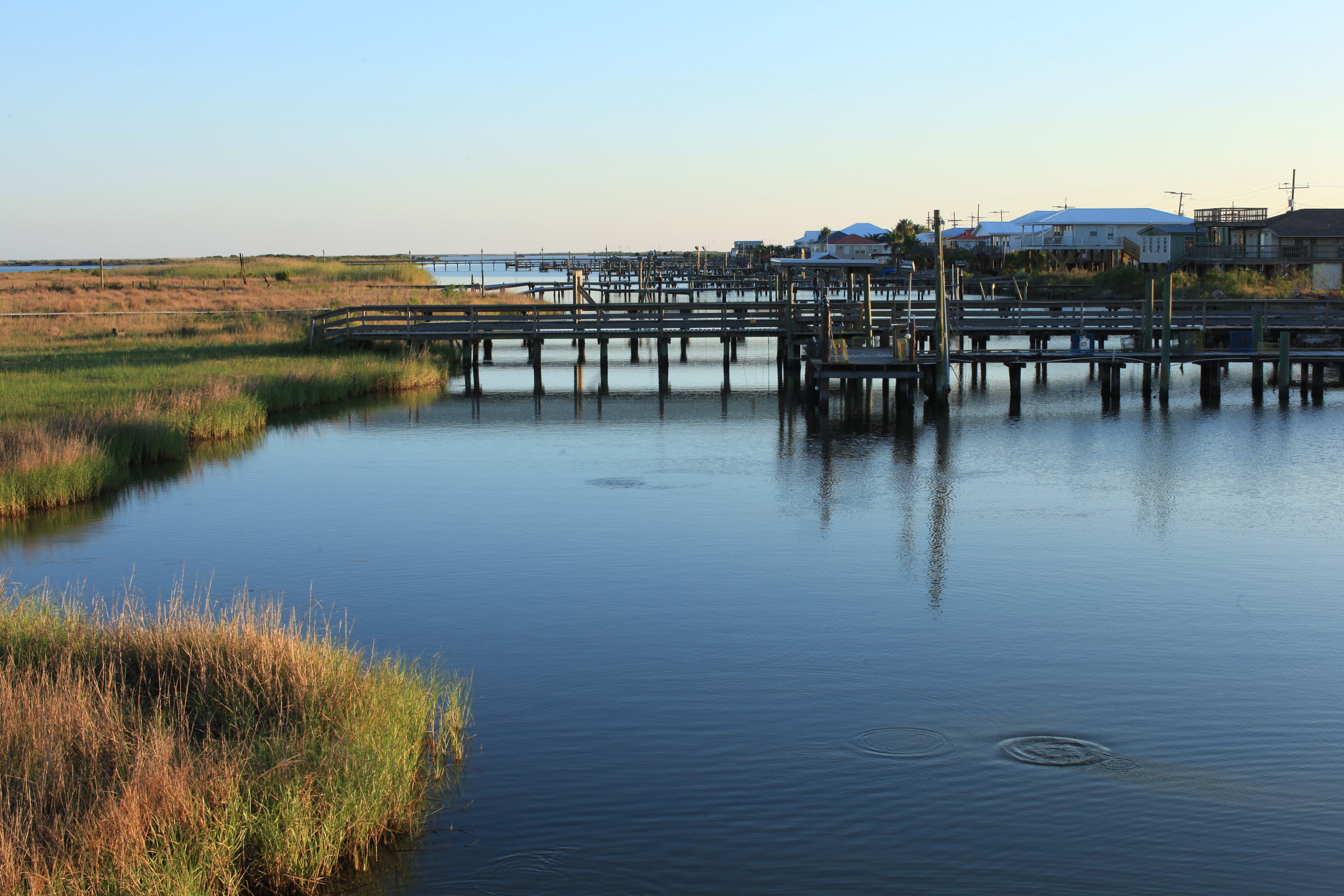

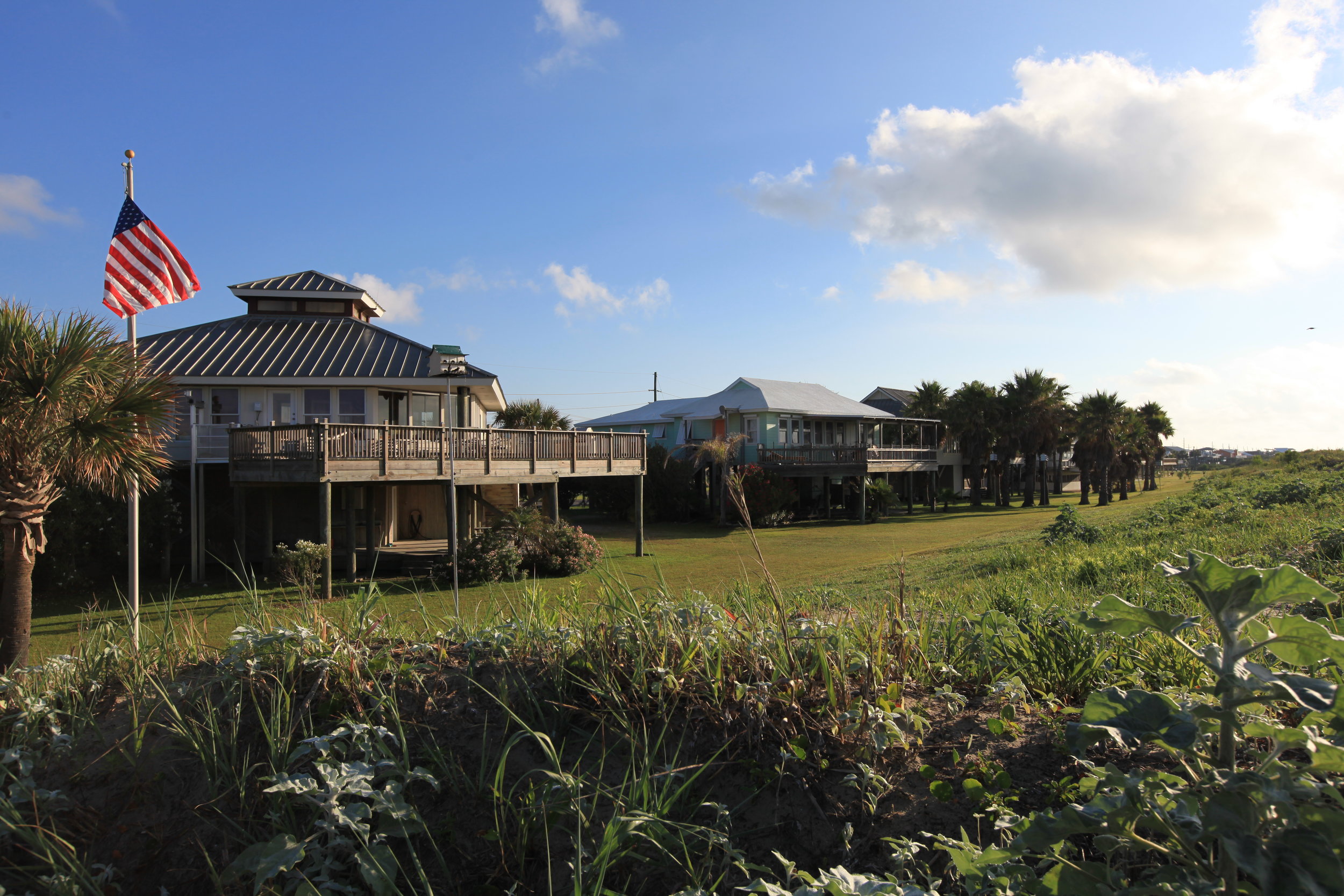
My intention starting here in Grand Isle was to offer the group a chance to bond in a place of great beauty and unhurried leisure. We have a beach house to ourselves, raised on posts like all the properties here in the old Gulf style, so from our sitting room we can look out over the sand bank to the beach beyond - the beach where Edna's children play, and where Edna shares confidences with her Creole friend Adele Ratignolle, and where at last she returns, alone, in the final fateful pages of the book.
We've sat on the sand and read, and swum in the warm Gulf water, and watched pods of dolphins swim at a distance. We've talked about the origins of Creole Louisiana - that unique blending of Spanish and French cultures that first colonized the lower Mississippi. We've explored the cemetery, full of raised white tombs in the Catholic style, with names (Savoie, Besson) that speak to the region's Gallic roots. The oldest grave was that of Louis Chighizola, born in 1820. His father, nicknamed Nez Coupe (cut nose) was the first lieutenant of the pirate Jean Lafitte, whose legend forms part of the romance of Grand Isle.
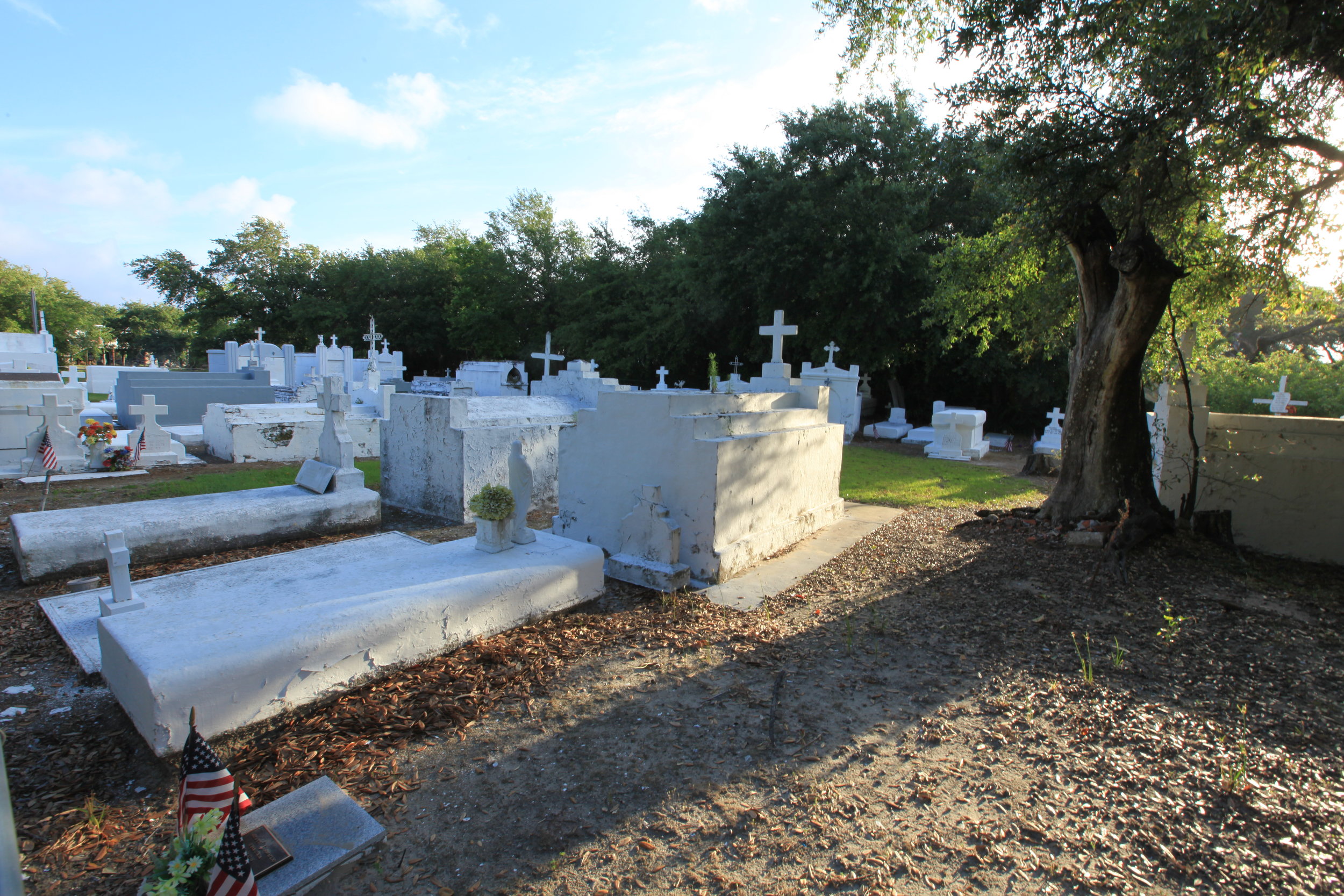
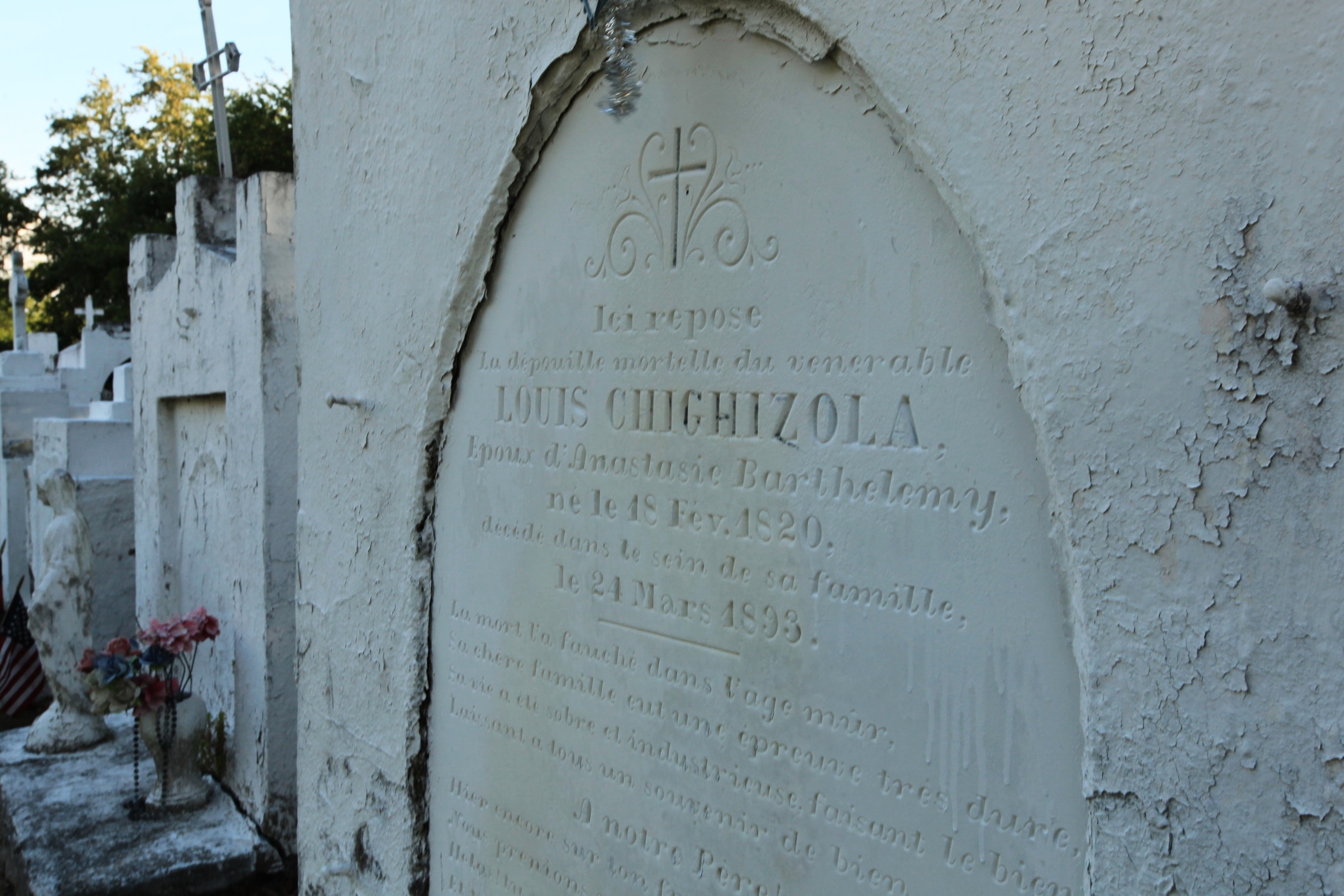




I love bookpacking, this energizing synthesis of travel and literary exploration. It's not something that can be rushed; it takes time to read even a relatively short novella like 'The Awakening'. How blissful, though, to lie, book in hand, toes in sand, letting an idle hour pass by. In part, I hope, that will be the defining theme of this journey - learning to take time. It's something the French are particularly good at, savouring the finer things in life, taking time over food and conversation, and it's an attribute that infuses Southern Louisiana and New Orleans.
So here's to taking time, to losing ourselves inward and outward contemplation, and to our own personal Awakenings on the journey ahead.

